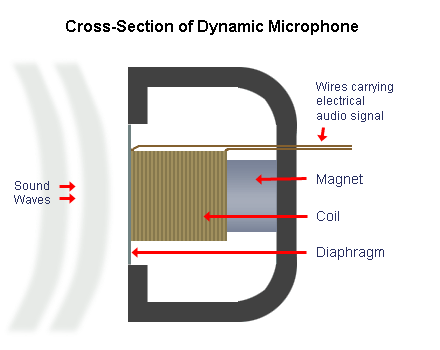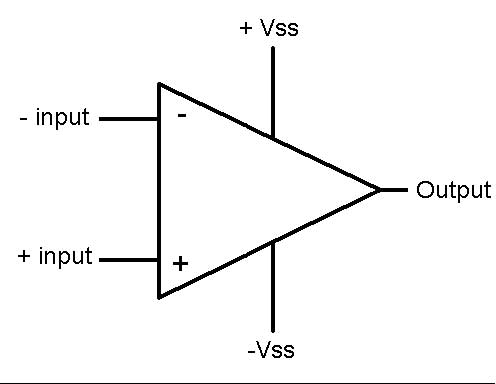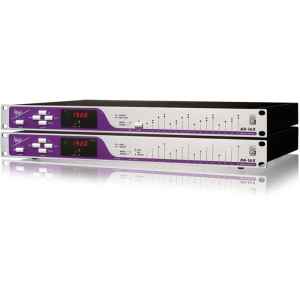Physics

Condensor Microphones
Condensor microphones are entirely dependent upon a component known as a capacitor. The way a capacitor works is it can store potential by having two oppositely charged plates close to eachother. In a condensor mic the diaphram acts as the front plate and the backplate acts as the, well, back plate. Condensor mics must have a power source to supply the plates with charges or the charge will dissapate (since there is resistance in the circuit). Generally, this power source is supplied through the mic cable by the mixer using what is known as phantom power.
Since the diaphram is made out of a light material it will vibrate as sound waves collide with it. These vibrations cause a change in the electric signal which is sent out to be amplified by some sort of preamp. These are the very basics of how a condensor mic works.

Dynamic Microphones
Dynamic microphones depend on inductance to operate. A dynamic mic is composed of a magnet that is surrounded by a coil of wire, which is in turn attached to the diaphram. As sound waves hit the diaphram the coil is shifted back and forth over the magnet creating a current that is sent out through the wires as shown in the picture
An interesting point about dynamic microphones is that in explaining how they work, I have also explained how speaker works. A speaker is basically the exact opposite. The audio signal is sent in through the wires, causing the speaker cone to move back and forth over the magnet creating changes in air pressure that reproduce sound waves
Amplifiers

Everyone has heard of amps and many have heard of preamps. Most know that they, in general, make an audio signal louder. But what really is going on? The way that an amp works in short is a large voltage source is modified by the load of the to-be-amplified voltage source (usually audio) so that the the larger voltage source has the same voltage fluctuations as the to-be-amplified source except scaled much larger.
To left is the basic circuit for an op amp, which "amplifies" the signal at the input. What really is happening is the input voltage is adding variable resistance to the potential difference between Vcc and -Vcc so that the voltage changes in this circuit are the same as the input.
More often than not the audio signal being recorded is too small to be amplified to audible levels in one amplifier (the load required to fluctuate a signal loud enough to be heard is too high) and so it is usually neccessary to use a preamp to get the input signal large enough. The preamp works the same as the other amp only it is amplifying the signal to a much less degree.
Converters

Once upon a time there was an age where all sound was recorded using analog tape and mastered to vinyl records (or some other sort of magnet based medium). Though this style of recording is considered acceptable, and to many preferrable, computers play a huge role in recording today. As a matter of fact, most tracking studios in the world have gone to some sort of computer based system such as pro tools. But sound is not digital 1s and 0s, it is analog waveforms so how is it that computers can record and play back audio? The answer is found in components known as analog to digital and digital to analog converters or AD and DA converters for short. These converters turn the analog waveforms in to 1s and 0s and then turn the 1s and 0s back in to waveforms.
The way that these converters work is actually conceptually simple. They take an audio signal that is being fed in to them (by a mixer or an instrument) and take a certain number of measurements for every second the audio is being fed. They store these measurements on your computer usually in either the form of a wav file or an aiff file. The frequency that these measurements are taken is known as the sample rate, which is governed by the converter's clock. The precision that these measurements are recorded at is known as the bit-depth. Sample rates for most converters are either 44.1kHz (CD quality), 48kHz, 88.2kHz, 96kHz, or 192kHz. Bit-depths are usually either 16 bit (CD quality) or 24 bit. These means that at CD quality measurements are being taken 44.1 thousand times per second and they are being recorded with a precision 2^24 = 16,777,216 (this means the level of the signal is 0 at the least and 2^24 at the most).
Digital to Analog converters work the same way only they read the recorded measurements and produce a signal that follows these measurements as close as possible.